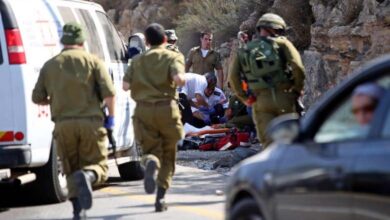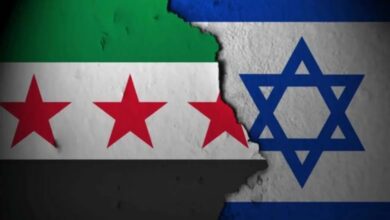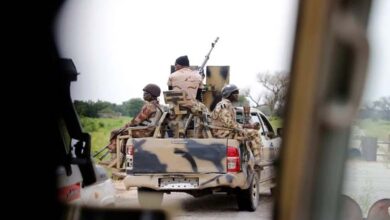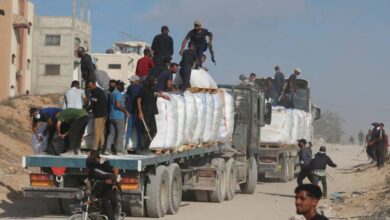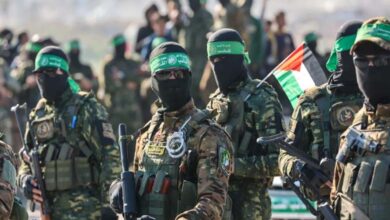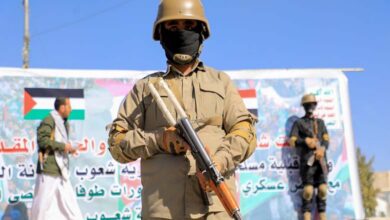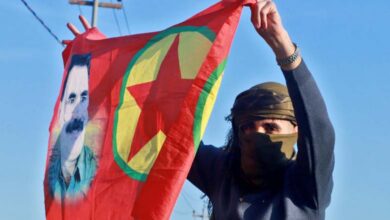Attack on an Internal Security Checkpoint Reveals the Fragility of the Situation in Sweida
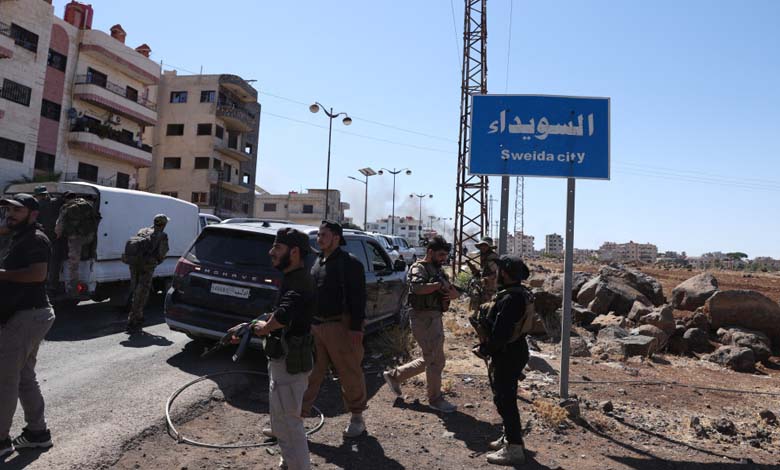
The southern Syrian province of Sweida is witnessing a rapid escalation of violence, exposing the fragile state of security in one of the country’s most sensitive regions. According to the official Syrian news agency SANA, an internal security checkpoint in the town of Al-Matouna was recently attacked with mortars and heavy machine guns, highlighting the growing chaos along the vital highway connecting Sweida to Damascus.
This was not an isolated incident. Only days earlier, an armed assault on a passenger bus near the “Marjana” gas station on the same road killed two people and injured several others, according to Al-Ikhbariya TV. Local authorities blamed an “outlawed armed group” and denounced what they described as deliberate attempts to destabilize the province and threaten civilian safety.
These developments come amid the failure to implement the so-called “Roadmap to Resolve the Sweida Crisis,” announced in mid-September as a joint initiative between Syria, Jordan, and the United States. The plan outlined six steps, including the deployment of trained security units from Syria’s Ministry of Interior along the Damascus–Sweida highway, supported logistically by Amman and Washington. However, local sources confirm that political disagreements and conflicting visions regarding the province’s future have stalled the plan’s execution.
Meanwhile, criticism of the Syrian government is mounting from within Sweida itself. The province’s High Legal Committee issued a statement accusing the Ministry of Foreign Affairs in Damascus of “contradictory policies and neglect toward the south,” asserting that “the destiny of Sweida must be determined by its own people, not by distant political deals or official statements detached from local realities.”
One of the central figures in this movement is Sheikh Hikmat al-Hijri, a prominent Druze spiritual leader, who has long advocated for broad administrative autonomy for Sweida — a proposal flatly rejected by Damascus, which insists on preserving Syria’s territorial unity. Al-Hijri recently formed a local force known as the “National Guard,” purportedly to “protect residents and maintain order.” Critics, however, view it as a bid to consolidate parallel authority, comparing it to a localized version of Iran’s Revolutionary Guard Corps.
The internal tensions in Sweida are not new. In July, violent clashes erupted between Druze fighters and Sunni tribes backed by government troops sent to quell unrest, resulting in hundreds of casualties. Multiple reports suggest that Israel carried out airstrikes at the time to prevent what it called “potential massacres” against the Druze population, thereby adding a regional dimension to an already volatile local conflict.
Historically, Sweida has been predominantly Druze, with Sunni tribes residing mainly in the rural periphery. Relations between the two groups have long been strained by disputes over land, economic hardships, and political marginalization. As the national economy has collapsed and public services have deteriorated, the province has become a hub of anti-government protests, evolving from localized unrest into a broader socio-political challenge.
With state authority waning and armed attacks on the rise, Sweida now stands at a dangerous crossroads. The province risks turning into a new southern front, further destabilizing Syria’s fragile balance. Analysts warn that continued insecurity in Sweida could undermine the country’s overall stability, given its strategic position as Syria’s southern gateway and trade corridor to Jordan. Between Damascus’s efforts to reassert control and local factions’ attempts to impose new realities on the ground, Sweida finds itself trapped in a perilous cycle — one that mirrors the persistent fragility of post-war Syria itself.


